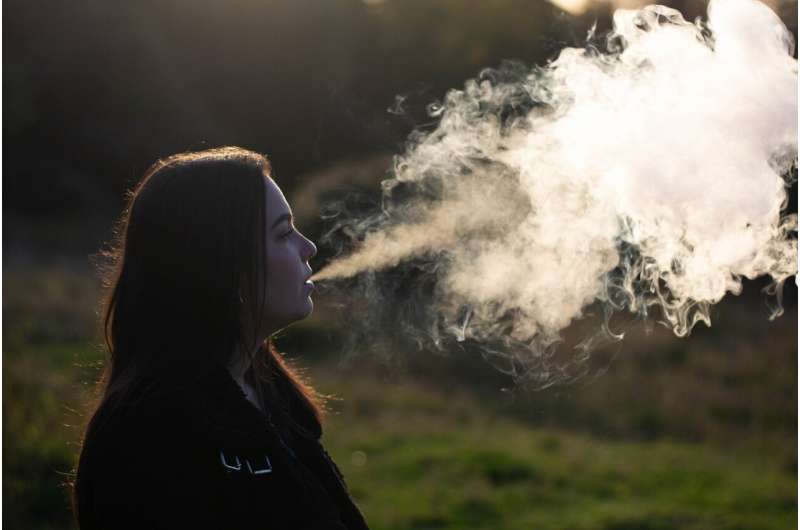Understanding Heatstroke: Risks, Symptoms, and Prevention

Learn essential facts about heatstroke, including its causes, symptoms, emergency responses, and preventive measures to stay safe during hot weather.
Heatstroke is a serious and potentially life-threatening condition caused by the body overheating due to prolonged exposure to high temperatures, especially during physical exertion or in hot and humid environments. Although our bodies are naturally equipped to handle heat through processes like sweating and blood vessel dilation, these mechanisms can be overwhelmed in extreme conditions.
When exposed to high temperatures, blood vessels dilate to allow warm blood and fluids to reach the skin's surface, facilitating evaporation and cooling. However, after extended heat exposure, the body can deplete its fluids and electrolytes through excessive sweating, impairing its ability to cool down effectively. This failure of the body's cooling processes results in heatstroke.
Recognizing the Signs of Heatstroke is crucial for prompt intervention. Key symptoms include a body temperature exceeding 103°F (39.4°C), red and dry skin, a rapid and strong heartbeat, severe headache, dizziness, nausea, confusion, and even loss of consciousness.
Emergency Response: If heatstroke symptoms appear, immediate cooling is vital. Ways to lower body temperature quickly include spraying or pouring water over the body and sitting in front of a fan to accelerate evaporation. While awaiting medical assistance, continue cooling efforts.
Prevention is Key: People especially vulnerable include those over 65 years old, individuals with cardiovascular or neurological conditions, and those taking medications that impair sweating, such as certain antipsychotics or antispasmodics. Monitoring weather conditions, staying hydrated, wearing lightweight clothing, and avoiding strenuous activity during peak heat hours are effective preventive strategies.
If you or someone else shows signs of heatstroke, seek emergency medical help immediately. Until help arrives, cooling the individual remains the top priority.
Stay aware of your surroundings, take proactive steps during hot weather, and consult your healthcare provider if you are at increased risk or experiencing symptoms.
Stay Updated with Mia's Feed
Get the latest health & wellness insights delivered straight to your inbox.
Related Articles
Neural Circuits in the Brainstem Offer Hope for Chronic Pain Treatment
New research identifies brainstem neurons that regulate long-term pain, opening promising avenues for targeted therapies and behavioral interventions to manage chronic pain effectively.
Social Discussions Among Close Friends Influence College Vaping Trends
A new study shows that peer conversations within close social groups significantly influence vaping behaviors among college students, highlighting the importance of peer-led prevention strategies.
Study Finds Link Between Air Pollution and Increased Risk of Brain Bleeding
New research links high levels of air pollution to an increased risk of brain hemorrhages, emphasizing the importance of environmental health for cerebrovascular disease prevention.
Hospital Doctors in England Prepare for Another Strike Over Pay Disputes
Hospital doctors in England are set to strike again over unresolved pay disputes, highlighting ongoing tensions in the NHS amid inflation and funding challenges.



